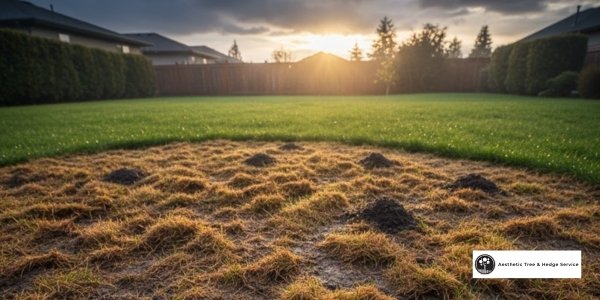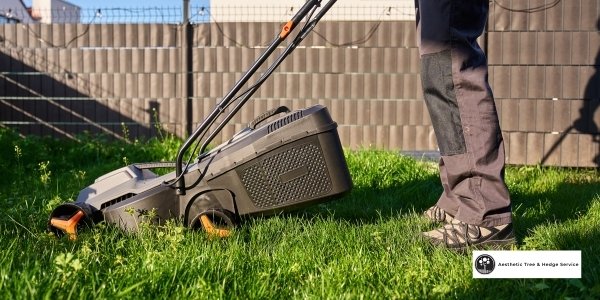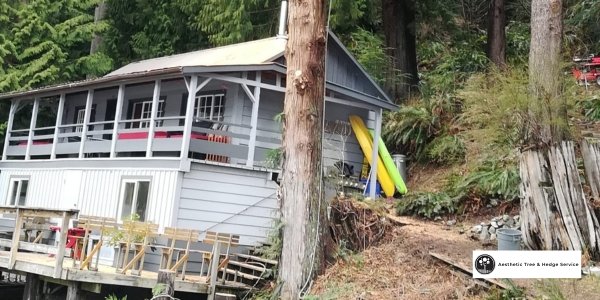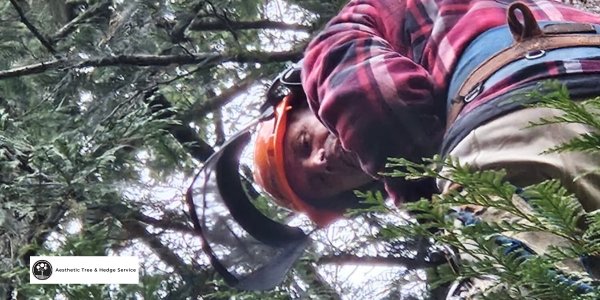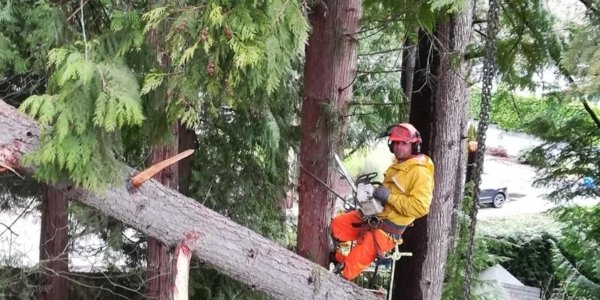Storm Proofing is Important For Your Trees
The aesthetic financial and social value of trees can all be lost in the event of a storm. So it’s important to have storm-proofing for trees. Snow, ice, high-velocity winds, tornadoes, and hail are some of the natural perils. Some trees can be damaged partially while some sustain injuries that cannot be treated to regain their health and value to a property. Depending on the strength and intensity of a storm damage can range from minimal to intensive. Damaged trees are a source of concern to the people in the surrounding.
Making the right decisions after a storm is a critical process. The assistance of experienced arborists can help determine whether a tree requires removal or treatment. Under normal weather patterns, trees condition themselves to withstand winds and lightening storms. They adjust their growth to cope with external loading. However, hurricane-force winds can destroy entire forests. These damaged trees pose risks to personal safety as well as the safety of adjacent properties. Despite the impact that these storms have it is important to still consider the numerous advantages that trees have. Trees in a compound add beauty, moderate the elements of weather and increase property values.
Research has been conducted after previous storms on ways to storm-proof your trees. They have provided valuable knowledge on why and how trees fall when hit by a storm. This article targets individuals who wish to develop knowledge to grow more storm-resistant urban forests to minimize the impact of future storms.
Common injuries sustained after a storm.
Failing of the stem: External forces such as strong turbulent winds take advantage of the weak points in a tree. Trees are likely to crack or snap at these points of weakness. Weak points can be caused by previous injury points or areas where the tree was exposed to a disease or insect infestation. The damage from stem failure is mostly beyond repair. It is, therefore, necessary for an arborist to assess a tree and give recommendations to avert disasters.
Branch failure: Poorly attached branches are often the prime target of strong winds or storms. Accumulation of ice or snow on branches also cause loading on branches which often leads to breakage. Damage to branches is usually not lethal to trees unless damage of the crown is above 50 percent. However, these branches pose serious safety issues. It is imperative for a landowner or manager to learn to recognize signs of damage like death breakage or hanging limbs to reduce risks. The assistance of a certified arborist is often needed as damage branches can be hard to identify and require close inspection.
Twisting of the crown: Uneven crowns can result due to poor pruning techniques. Uneven wind loading causes a twist on the array of leaves, branches, and twigs that constitute the crown. Twisting leads to cracking around areas of weakness like old wounds. This often leads to failure.
Other effects of storms include uprooting of an entire tree This occurs when the wind loading in the aerial part of the tree weighs heavily on the root system. A number of factors like decays and pest attacks predispose a tree to poor anchorage and health which in turn makes toppling by winds easy. Trees that do not fall over during storms can sustain huge stresses on their root system. Roots that are damaged or diseased can cause a tree to lean and fall.
What are the mitigation methods?
Studies have shown that;
Trees growing individually are hardest hit than trees growing in groups. A group can be defined as five or more trees growing within ten feet of each other but not in neat rows. Planters should ensure good spacing between trees to encourage the growth of a vibrant and strong root system. Planting trees in groups of five or well-spaced clusters is recommended.
Some tree species resist strong winds better than others. wind resistance is the ability of trees to withstand hurricane force winds without easily uprooting or breaking. It is recommendable to plant species that have been shown to more wind resistant. Planting different varieties, ages, and layers to maintain diversity is also recommended.
Old and hazardous tree species that have demonstrated poor survival should be considered for removal. Such trees pose danger to people and property. Certified arborists can be contacted to give advice on the resistance ability of various species.
